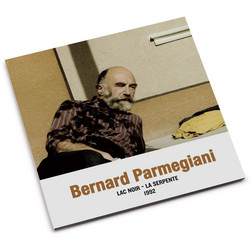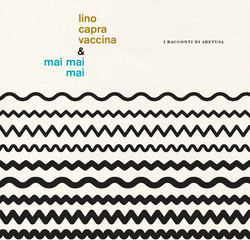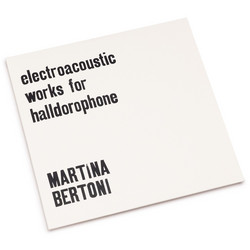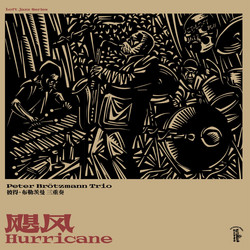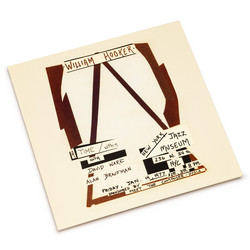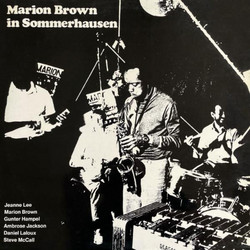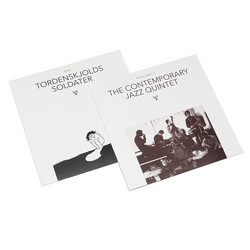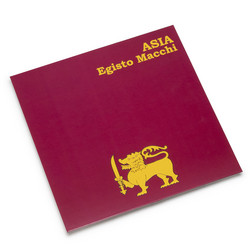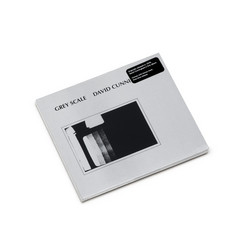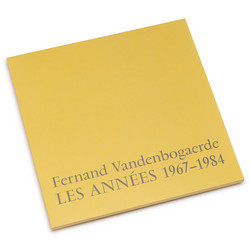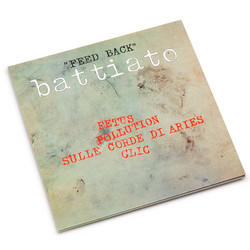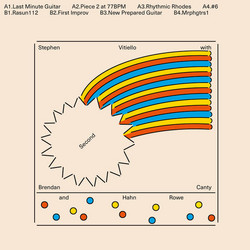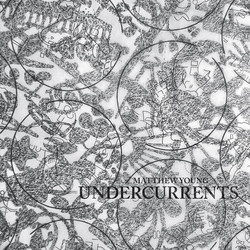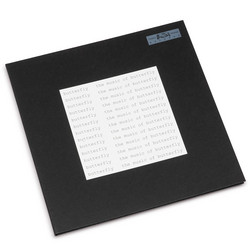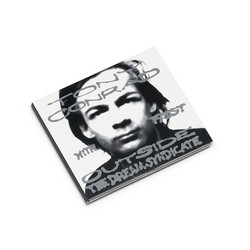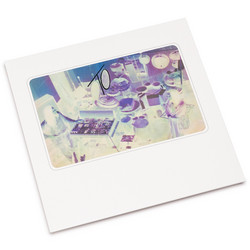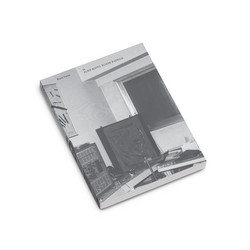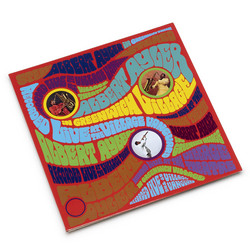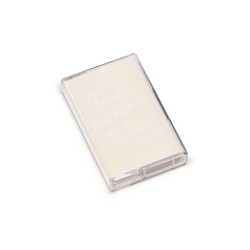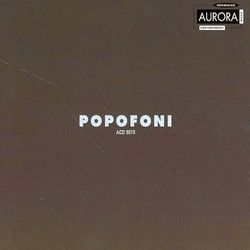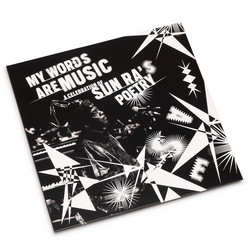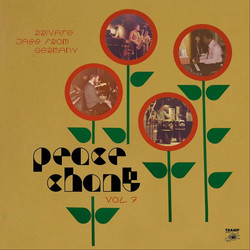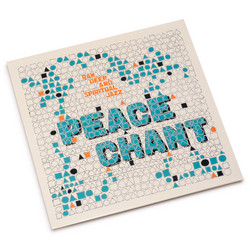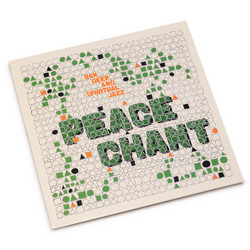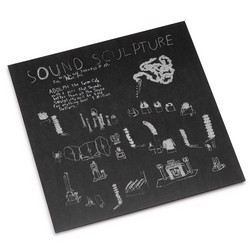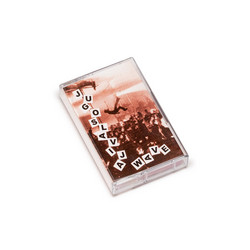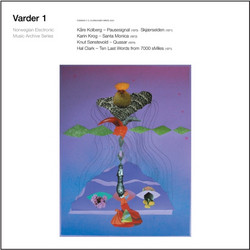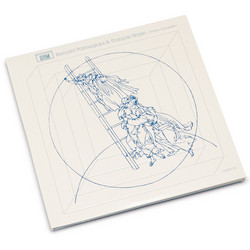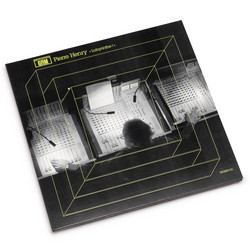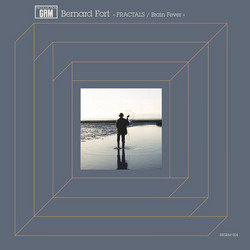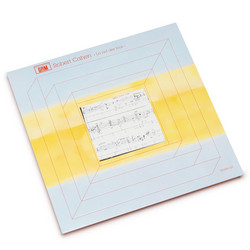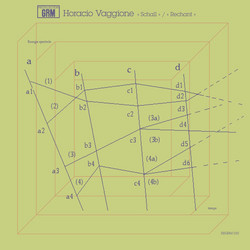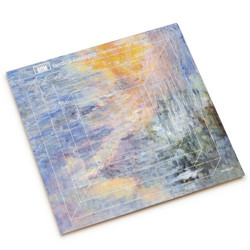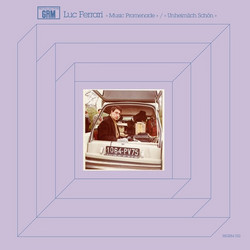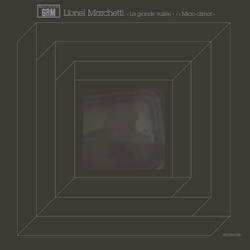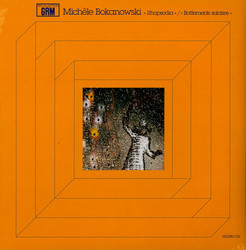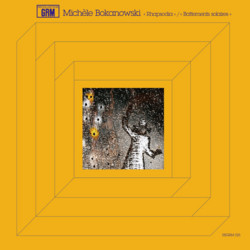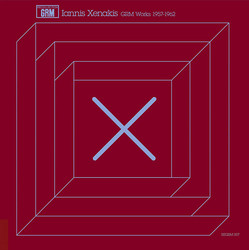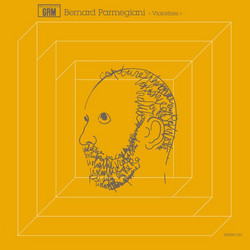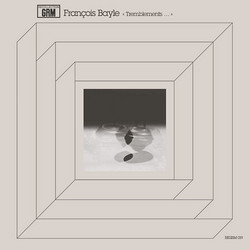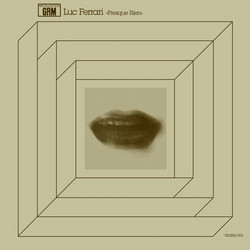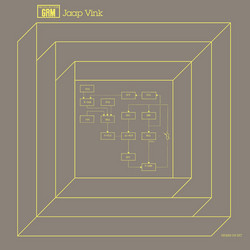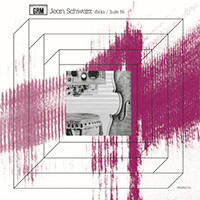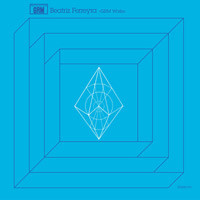Recollection GRM, a label within the Editions Mego family of labels, offers a third selection from the vast archives of Groupe De Recherches Musicales (GRM). The main idea behind the Traces series is to excavate short, forgotten or ignored pieces of music from the GRM Archives. This third volume, gathering pieces from before 1980, features the works of four composers from very different geographical and musical backgrounds. In addition to echoing the extraordinary vitality of musical experiments from a bygone era, Traces aims to give some audibility to music pieces which, in some instances, are being released for the very first time.
Charles Clapaud, "Ruptures" (1978): "The idea of the break (rupture) as a disruptive phenomenon should be integrated into discourses and perceived musically: to break the silence, a matter, shapes, plans... in this musical piece, two main parts can clearly be identified: in the first part, the chaotic activity of the sound material (crumbled, fragmented, discontinuous forms) blossoms into a static burst. A sustained deep tone settles within a sort of 'Cadence' and highlights a solo sequence of discontinuous sound 'lines.' The entire sound spectrum then erupts, abruptly interrupted by three loud blasts. In the second part, the fragmented form unfolds as a whole initial sequence, followed by a second one where other forms overlap in a kind of sound collage that induces emergent phenomena. The piece ends as a sharp break." --C.C.
Janez MatiÄÂÂiÄ , "Hypnos" (extrait de Trois Visions) (1975): "This non-progressive piece is composed of several sequences, each introducing an additional element and ending with a twist. A quiet swaying from one framework to the next constantly defines the sound quality of the piece, just like blurry visions tantalize the dreamer one after another." --J.M.
Servio Tulio Marin, "Impresiones Fugitivas" (1976): "This piece is based on the process of sound as a solid material. The shape and height of a concrete, granular texture (very similar to white noise) is being transformed. While still unfolding, this process is being interrupted at several stages by various interfering elements with opposite natures. This gives rise to a complex dialogue between distinct materials, like a counterpoint expressed through sound spatialization." --S.T.M.
Eugeniusz Rudnik, "Moulin Diabolique" (1979): "The work consists of six sequences which all possess a dramatic, musical and architectonic sense independent from the context. Their position in the composition as a whole -- apart from sequences 2 and 6 -- is not derived from any absolute necessity. The basic material of this work consists of military orders given in different languages and of the sounds (voices) of a human group (soldiers). These -- assuming the order implies a constraint -- can either be the single answer to such a constraint or they can accompany it. Through editing, the sense of military discipline was removed from the ordering sentences, thus enhancing the grotesque and terrible content of the order itself. [ ... ] The possibility of identifying the sound sources (speech = order with its semantic, semiotic and associated values), the formal structure of the composition is to remind the listener of the constant presence by his side of the Evil Mill (Moulin Diabolique) of war. A mill that has been turning on and on for thousands of years -- and for how much longer? I dedicated this work to my daughter Kamila Maria." --E.R.


